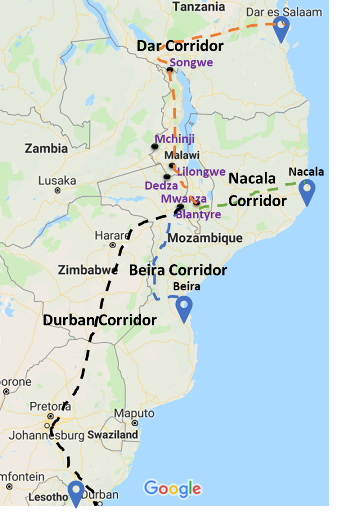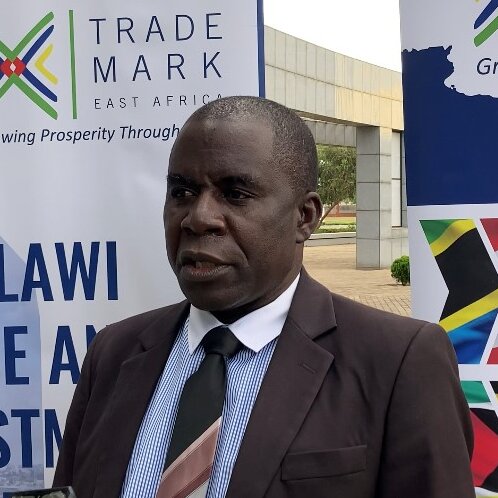Malawi is a landlocked country in South-Eastern Africa, bordering Mozambique, Zambia and Tanzania. The country is home to Lake Malawi which occupies a fifth of the country’s surface area. Malawi is classified by the IMF as the third poorest country in the world with a per capita income of $342 per annum (2018). Nearly 60% of Malawians live below the international poverty line. It is densely populated, with a population of 19 million, nearly three quarters of whom are below 30 years old, the median age was 17 years in 2015. Economically, Malawi depends primarily on rain-fed agriculture, which employs nearly two-thirds of citizens, and contributes to around 30% of GDP.
Although Malawi has been and still is largely free of political conflict, stability has not translated into development outcomes. The country ranks 171 out of 189 countries in the Human Development Index (2018) and 111 in the World Bank’s Ease of Doing Business (2019) index. This is much lower than most East African countries.
The Malawian economy has been through a period of significant vulnerability in this decade. GDP growth from 2012 to 2018 averaged just above 4%, with high variability (low of 2.1% in 2012 and a high of 6.2% in 2014). Persistent droughts significantly reduced agricultural production and affected revenue collection by the state. From 2013 onwards foreign aid programmes were suspended for a period following the “cashgate” scandal. This caused further losses of state revenue. The impact was double-digit inflation which peaked at 35%, causing significant food shortages and the imposition of emergency measures. Since then a series of reforms implemented by the government and a rebound in agricultural production have brought down inflation to single digits (7.1% in 2017).
Despite the improvements, the Malawian economy continues to face challenges. Persistent and expanding trade deficits demand a focus on exports. However, there are challenges. 90% of Malawian exports comprise a few primary agricultural commodities (tobacco, sugar, tea and coffee). Tobacco forms nearly half of agricultural exports by value. There is an urgent need to diversify exports and export markets, although high trade costs for agricultural inputs and outputs hamper diversification. Other challenges including vulnerability to weather events and punitively high cost of credit, with interest rates above 20%.


















